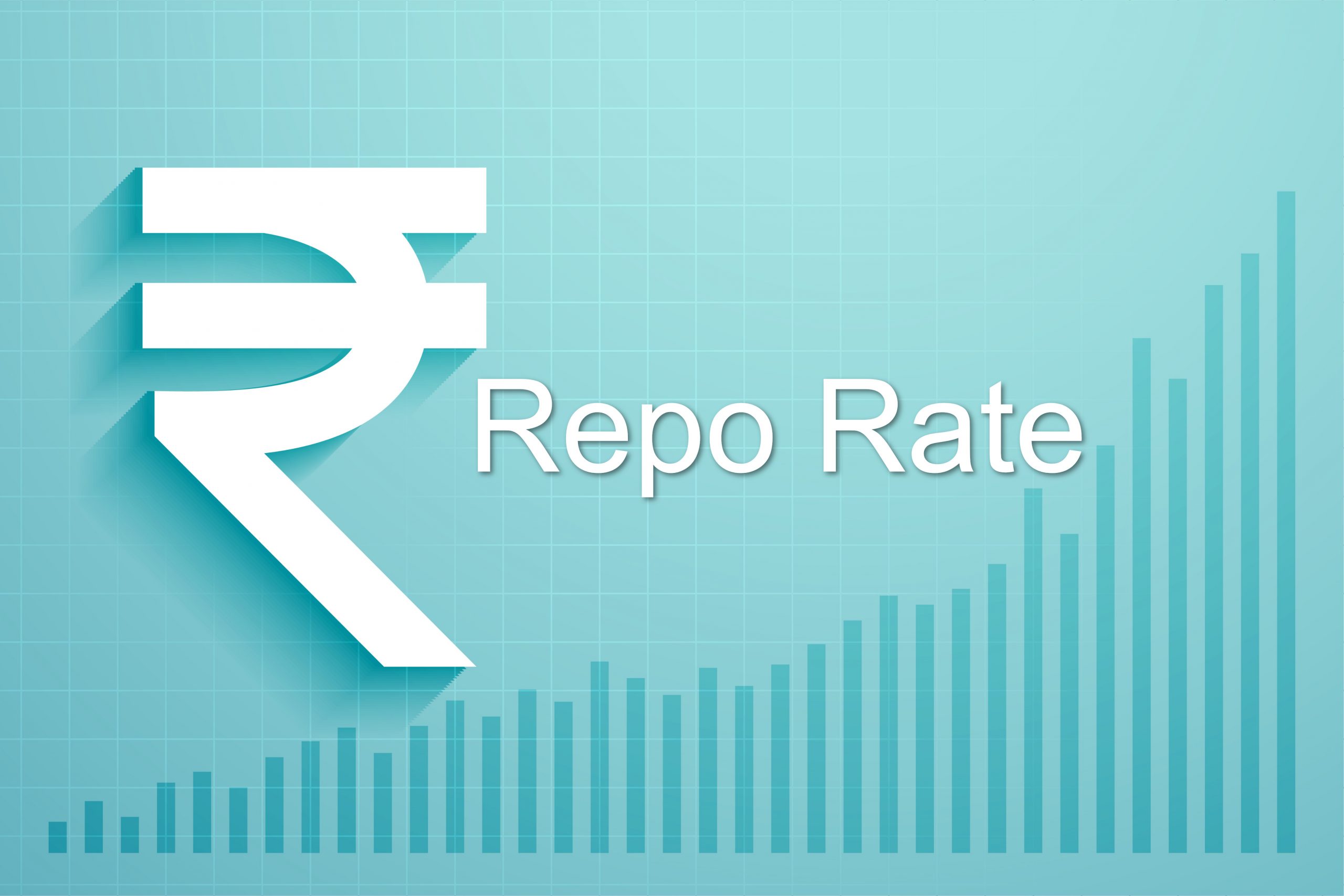
 February 3, 2025
February 3, 2025
The Reserve Bank of India (RBI), or the Central Bank, is the financial controller and acts as the Banker to the Government of India. It issues and regulates the flow of currency, keeps inflation in check, and monitors the operations of Banks and NBFC. The RBI also acts as a Banker to other Banks and NBFCs and provides financial assistance when required for further lending. Banks can avail funds when needed against the deposit of Government bonds and securities and repurchase these bonds with interest, which constitutes the Repurchase or Repo rate. The RBI sets the price or interest to be paid by commercial banks according to our country’s economy, and the cost of funds for banks increases or decreases with a change in the repo or repurchase rate.
The Repo Rate is a Significant Factor in Determining the Cost of Lending. Other Factors Include:
Home Loans and Loans Against Property are mortgages issued for longer tenures with a floating or fixed interest rate with a floating rate of interest, the fluctuation in the Repo Rate will be carried over to the mortgage rate. Banks operating under the EBLR (External Benchmark Lending Rate) system as propagated by the RBI must pass on the change immediately. Banks that issue interest as per the MCLR (Marginal Cost of Funds Lending Rate) will include other factors, such as operating costs, when adjusting the interest rate. Ultimately, the change in the base rate is passed on to the customer as per the lender’s policy.
When the Repo Rate increases, banks quickly raise the Interest, and your monthly EMI is inflated. If your EMI is hurting with the increase, you have the following choices:
For Example, Home Loan applicants running a loan with a government Bank or a Bank that offers a repo rate-linked home loan can avail of the direct benefit of a rate change for example, if an applicant runs a home loan of ₹ 5000000/—at 8.75% for a tenure of 20 years with an EMI of ₹44185/—per month, with the interest rate reduced by .25%, the EMI to be paid henceforth is ₹43391.16/— and vice versa when the rate goes up.
Banks that adopt the MCLR system are slower in passing on the benefits and may take 6 months to a year. A fixed rate for a mortgage is offered for a three-year tenure and is renewed at the current applicable interest.
Primary Finance issued as Unsecured include:
Banks issue finance without collateral to Salaried persons as Personal Loans for emergency expenses, individual usage, and shortfalls such as weddings, school fees, and home renovations. Self-employed individuals are issued finance for personal usage and business expansions. Banks issue loans based on documentation, the applicant’s profile, and previous credit history. The interest rate for unsecured loans is determined at the time of disbursal and remains fixed for the entire term as Personal Loans have shorter turnaround times; therefore, a change in the Repo Rate will not directly affect the interest rate or EMI. However, if the Repo Rate Changes, the Lender will reassess costs and margins and change slabs accordingly.
The Interest Rate on a Personal Loan Varies from Lender to Lender, and Banks Decide on their Lending Slabs.
For example, the last repo rate change was in February 2023 by .25 basis points from 6.25% to 6.50% thus, Banks issuing Personal Loans steadily adjusted their interest rates. An applicant Applying for a Personal Loan from HDFC Bank was offered an interest rate of 10.75% at a reduced balance, which was increased to 10.99%. The minimal rate provided for a Personal loan from ICICI Bank is 11%.
With all the data published digitally, it is now easy to stay informed and updated about market trends. Keeping track of the changes in the Repo Rate will keep you ahead financially. Changes in the Repo Rate can alter your EMI, and Banks offering better deals can help reduce your financial burden.
The Repo Rate is a tool of the central bank to monitor inflation and regulate interest rates and cash flow. It influences the cost of living, the pricing of essential commodities, and the interest rates for lending. Thus, a variation in the Repo Rate gets filtered down to the average borrower.
Repo Rate, Home Loan Repo Rate, Reverse Repo, Axis Bank Home Loan Repo Rate, Axis Bank Repo Rate, Bank Rate and Repo Rate, Bank Rate Repo Rate, Bank Repo Rate, Changes in Repo Rate, Current Rate of Repo Rate, HDFC Bank Personal Loan Repo Rate, Axis Bank Personal Loan Repo Rate, Yes Bank Personal Loan Repo Rate, ICICI Personal Loan Repo Rate, Axis Bank Repo Rate, HDFC Bank Repo Rate, ICICI Bank Repo Rate, Yes Bank Repo Rate.